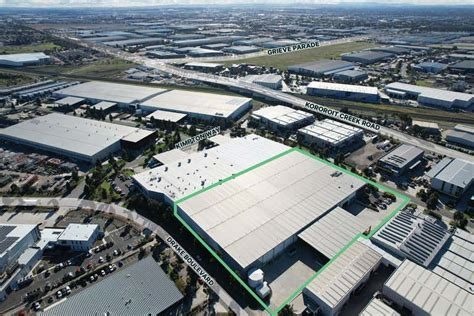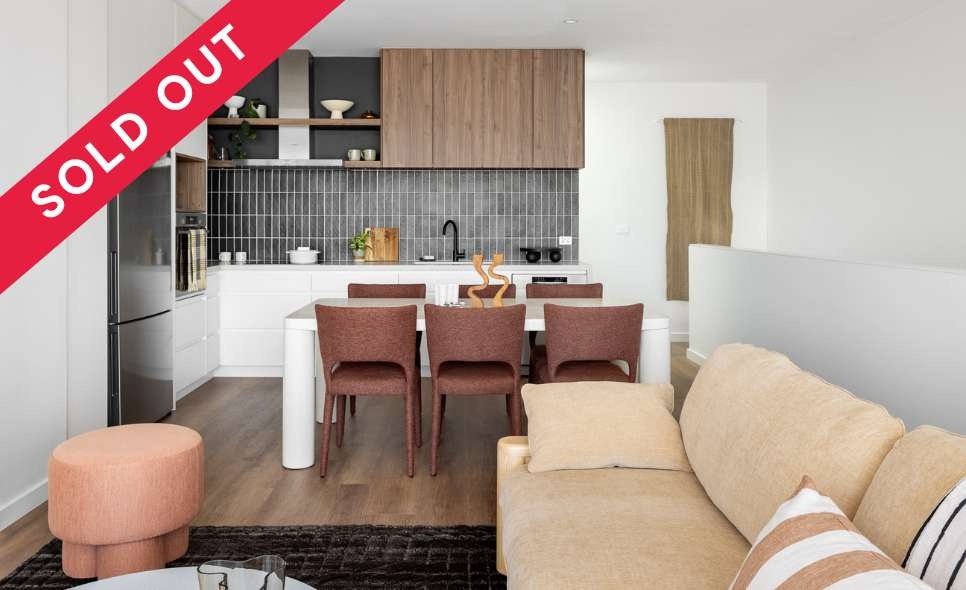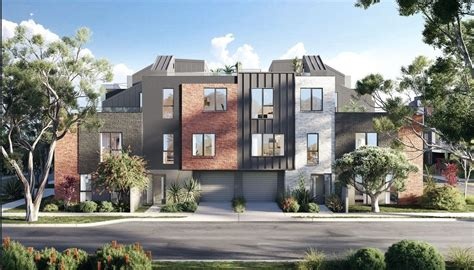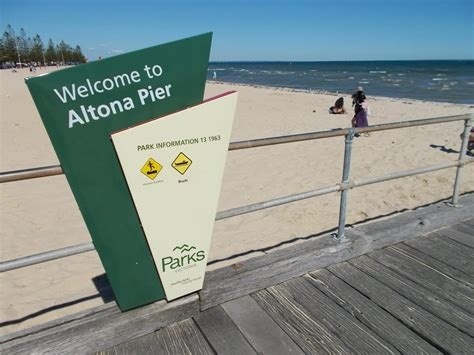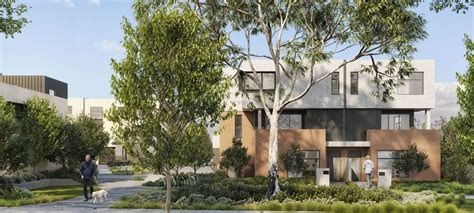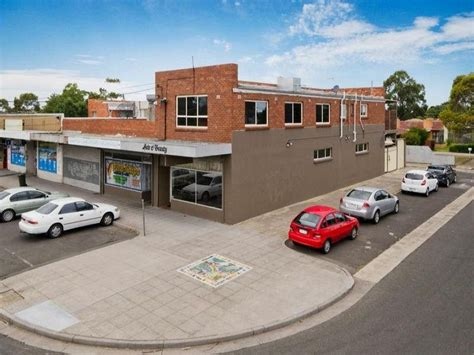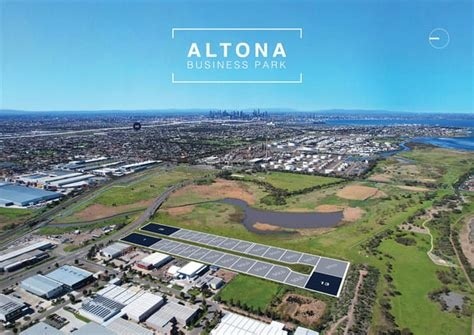Chart Color Schemes
est. as @ -- *
ABS ERP | -- people | --
2021 Census | -- people
Sales Activity
Curious about local property values? Filter the chart to assess the volume and appreciation (including resales) trends and regional comparisons, or scroll to the map below view this information at an individual property level.
Find a Recent Sale
Sales Detail
Population
Population growth drivers in Altona are strong compared to national averages based on AreaSearch's ranking of recent, and medium to long-term trends
Altona's population was approximately 14,657 as of August 2025. This figure represents an increase of 1,101 people (8.1%) since the 2021 Census, which recorded a population of 13,556. The change is inferred from the estimated resident population of 14,232 in June 2024 and an additional 255 validated new addresses since the Census date. This resulted in a population density ratio of 829 persons per square kilometer, comparable to averages seen across locations assessed by AreaSearch. Altona's growth exceeded that of its SA3 area (7.0%), making it a regional growth leader. Overseas migration contributed approximately 75.6% of overall population gains during recent periods.
AreaSearch adopts ABS/Geoscience Australia projections for each SA2 area, released in 2024 with a base year of 2022. For areas not covered by this data, AreaSearch uses VIC State Government's Regional/LGA projections from 2023, adjusted using weighted aggregation methods to SA2 levels. Growth rates by age group are applied across all areas for years 2032 to 2041. Future population dynamics project an above median growth rate nationally, with Altona expected to grow by 2,090 persons to 2041 based on the latest numbers, marking a total increase of 11.4% over the 17-year period.
Frequently Asked Questions - Population
Development
AreaSearch assessment of residential approval activity sees Altona among the top 30% of areas assessed nationwide
Altona has recorded approximately 142 residential properties granted approval each year. Development approval data is produced by the ABS on a financial year basis, showing 711 homes over the past five financial years from FY-20 to FY-25, with 22 approvals so far in FY-26. An average of 0.6 new residents per year arrives for each new home built between FY-20 and FY-25, indicating that new supply is keeping pace with or exceeding demand. The average construction value of new properties is $602,000, somewhat higher than regional norms due to quality-focused development.
This financial year has seen $145.8 million in commercial approvals registered, demonstrating high levels of local commercial activity. Relative to Greater Melbourne, Altona maintains similar development levels per person, consistent with the broader area's market balance. New building activity consists of 30.0% detached dwellings and 70.0% attached dwellings, reflecting a focus on higher-density living that creates more affordable entry points for downsizers, investors, and first-home buyers. This represents a considerable shift from the current housing mix of 64.0% houses, likely due to reduced availability of development sites and shifting lifestyle demands and affordability requirements. The location has approximately 146 people per dwelling approval, indicating an expanding market with population forecasts expecting Altona to gain 1,665 residents by 2041.
With current construction levels, housing supply should adequately meet demand, creating favourable conditions for buyers while potentially enabling growth that exceeds current forecasts.
Frequently Asked Questions - Development
Infrastructure
Altona has very high levels of nearby infrastructure activity, ranking in the top 20% nationally
A total of 31 infrastructure projects have been identified by AreaSearch as potentially impacting a specific area. Among these key projects are Maidstone Street Level Crossing Removal (Altona), Level Crossing Removal - Maidstone Street Altona, and Altona / Racecourse Road Ford Crossing Rebuild. Additionally, the Altona Pier Redevelopment is also notable. The following list details those projects likely to be most relevant.
Professional plan users can use the search below to filter and access additional projects.
INFRASTRUCTURE SEARCH
Frequently Asked Questions - Infrastructure
Altona North Strategic Site
The Altona North Strategic Site is a 67-hectare urban renewal precinct transforming from industrial to mixed-use residential neighbourhood. Currently under active construction with approximately 3,000 new dwellings planned, 1,000 jobs, and over 8 hectares of open space. Key developments include Mirvac's The Fabric (550+ townhomes with 7-star energy rating), Stockland's Haven (289 townhomes), and Development Victoria's completed Alfie project (127 townhomes). Features 5% affordable housing supported by a Development Contributions Plan totaling $54 million.
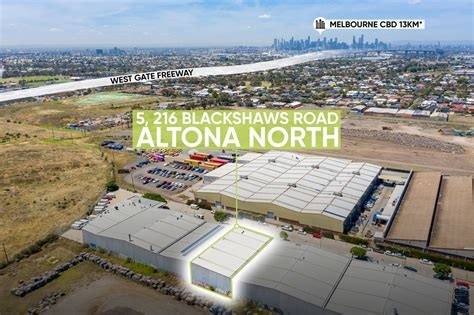
The Fabric
The Fabric by Mirvac is an award-winning $350 million masterplanned community in Altona North featuring over 550 two, three, and four-bedroom fully electric townhomes and future mid-rise apartments on an 11.5-hectare site. Launched in October 2019, the development transforms a former industrial site into a vibrant mixed-use neighborhood with all homes achieving a minimum 7-star NatHERS energy rating, net-zero energy design with rooftop solar panels, and Livable Housing Australia Silver Design Certification. The community features extensive amenities including the 4,000 square meter Patchwork Park with playground and BBQ facilities, The Lawn active space with half-court basketball court opened July 2025, landscaped courtyards by Eckersley Garden Architecture, and over one hectare of public open space with tree-lined boulevards. Located just 9km west of Melbourne CBD with easy access via Westgate Freeway, 2.5km from Newport train station, and minutes from Altona Beach and Gate Shopping Centre. The project is being delivered in multiple stages with Stage 1 over 85% sold and residents already living on-site. Expected completion by FY2029.
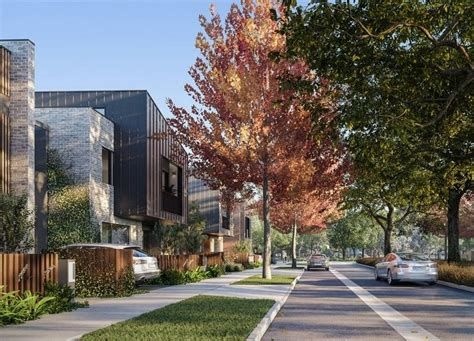
Spotswood Yards Precinct
4.7-hectare mixed-use precinct development on former train maintenance facility site. Includes 1,000 residential units, commercial spaces, heritage building adaptive reuse, medical centre, gym, supermarket, childcare centre and public green space.
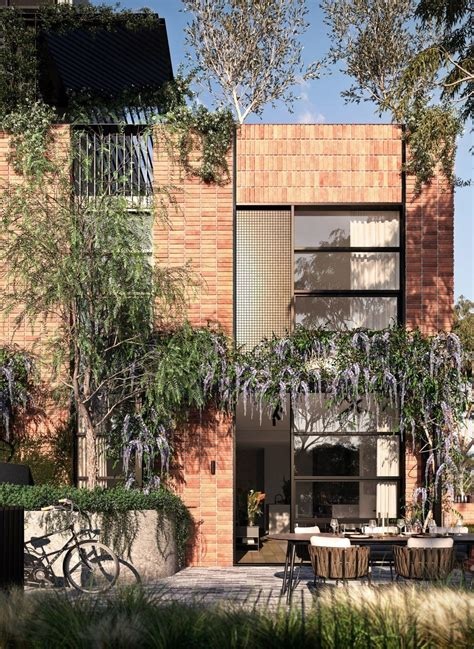
Altona Pier Redevelopment
Redevelopment of Altona Pier delivering a modern, safe and accessible 310 m Y-shaped pier with a low landing for boating and fishing, seating made from salvaged timber, improved lighting and railings, and enhanced public access for the Altona foreshore.
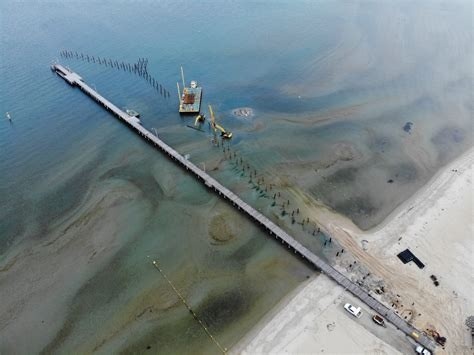
Altona Pier Redevelopment
The redevelopment of Altona Pier has delivered a new 310-metre-long pier with a modern y-shaped design, timber deck, lighting, accessible lower landing for swimming and boating, and seating. Funded by an $11.9 million investment from the Victorian Government, the project ensures a safe and accessible facility for fishing, boating, pedestrians, and community gatherings, completed in January 2024.

Mobil Melbourne Terminal Conversion
Conversion of the former Altona refinery into a large-scale fuel import and storage terminal using existing tanks, pipelines and wharf access at Gellibrand. Initial terminal infrastructure is operating; further decommissioning and demolition of former refinery units is scheduled through 2027 to support long term fuel security for Victoria.
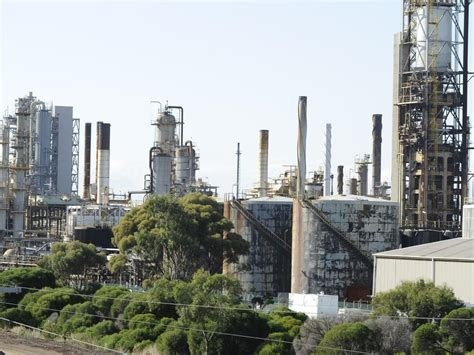
Maidstone Street Level Crossing Removal (Altona)
Removal of the dangerous and congested level crossing at Maidstone Street, Altona on the Werribee Line by constructing a new road bridge over the rail corridor. Works include a pedestrian path and new lighting, landscaping with native species, and improved connections to the industrial area and West Gate Tunnel. Early works have commenced with major construction to follow, and boom gates due to be gone by 2027.
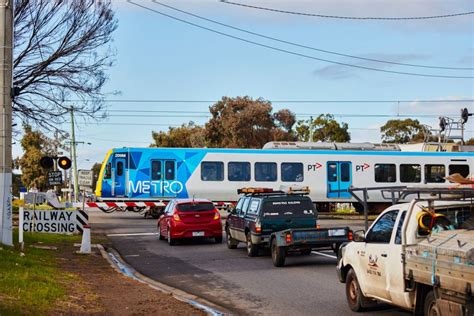
Level Crossing Removal - Maidstone Street Altona
Planned level crossing removal at Maidstone Street, Altona to improve safety and reduce traffic congestion. Part of the statewide level crossing removal program targeting high-priority crossings across Melbourne's rail network.
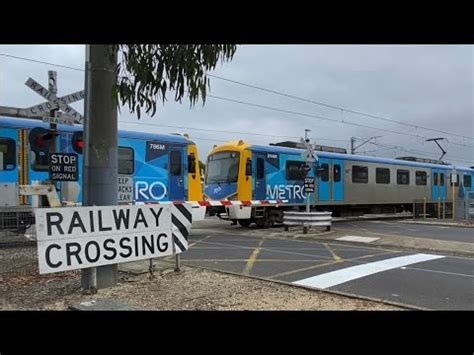
Employment
AreaSearch analysis of employment trends sees Altona performing better than 85% of local markets assessed across Australia
Altona has an educated workforce with professional services well-represented. As of June 2025, its unemployment rate is 2.4%, below Greater Melbourne's 4.6%.
Workforce participation is similar to Greater Melbourne at 64.1%. Dominant employment sectors include health care & social assistance and education & training. Public administration & safety has notable concentration, with levels at 1.5 times the regional average. However, health care & social assistance is under-represented at 11.3% compared to Greater Melbourne's 14.2%.
The ratio of 0.6 workers per resident indicates higher employment opportunities than normal. Between June 2024 and June 2025, employment increased by 5.6% while labour force grew by 5.9%, causing unemployment to rise by 0.2 percentage points. In comparison, Greater Melbourne's employment growth was 3.5%. State-level data from Sep-25 shows VIC employment grew by 1.08% year-on-year, with an unemployment rate of 4.7%. National employment forecasts from May 2025 project a 6.6% increase over five years and 13.7% over ten years. Applying these projections to Altona's employment mix suggests local growth of approximately 6.5% over five years and 13.4% over ten years.
Frequently Asked Questions - Employment
Income
Income metrics indicate excellent economic conditions, with the area achieving higher performance than 75% of national locations assessed by AreaSearch
Altona had a median taxpayer income of $64,896 and an average income of $80,630 in financial year 2022, according to the latest postcode level ATO data aggregated by AreaSearch. This is notably higher than Greater Melbourne's median income of $54,892 and average income of $73,761 during the same period. Based on Wage Price Index growth of 10.11% since financial year 2022, estimated incomes for March 2025 would be approximately $71,457 (median) and $88,782 (average). According to the 2021 Census, personal income ranks at the 73rd percentile ($945 weekly), with household income at the 57th percentile. In Altona, 28.5% of individuals fall into the $1,500 - 2,999 earnings band, consistent with regional trends showing 32.8% in the same category. After housing expenses, 85.1% of income remains for other expenses. The area's SEIFA income ranking places it in the 7th decile.
Frequently Asked Questions - Income
Housing
Altona displays a diverse mix of dwelling types, with above-average rates of outright home ownership
Altona's housing structure, as per the latest Census, comprised 63.9% houses and 36.1% other dwellings. In comparison, Melbourne metro had 68.7% houses and 31.3% other dwellings. Home ownership in Altona was at 38.3%, with mortgaged dwellings at 31.1% and rented ones at 30.6%. The median monthly mortgage repayment in Altona was $2,200, compared to Melbourne metro's $2,167. The median weekly rent in Altona was $390, while Melbourne metro recorded $386. Nationally, Altona's mortgage repayments were higher at $2,200 versus the Australian average of $1,863. Rents in Altona exceeded the national figure of $375.
Frequently Asked Questions - Housing
Household Composition
Altona features high concentrations of lone person households, with a lower-than-average median household size
Family households account for 67.2% of all households, including 28.7% couples with children, 27.5% couples without children, and 9.8% single parent families. Non-family households constitute the remaining 32.8%, with lone person households at 30.6% and group households making up 2.4% of the total. The median household size is 2.3 people, smaller than the Greater Melbourne average of 2.5.
Frequently Asked Questions - Households
Local Schools & Education
Altona shows strong educational performance, ranking in the upper quartile nationally when assessed across multiple qualification and achievement indicators
The area's educational profile is notable regionally, with university qualification rates at 35.5% among residents aged 15+, surpassing the Australian average of 30.4% and the SA4 region's rate of 32.0%. Bachelor degrees are most prevalent at 22.9%, followed by postgraduate qualifications (8.5%) and graduate diplomas (4.1%). Vocational credentials are also common, with 29.8% of residents aged 15+ holding such qualifications - advanced diplomas at 11.0% and certificates at 18.8%.
Educational participation is high, with 26.9% of residents currently enrolled in formal education, including 9.7% in primary, 6.3% in secondary, and 4.8% pursuing tertiary education. The area has five schools with a combined enrollment of 2,959 students. Altona demonstrates above-average socio-educational conditions (ICSEA: 1079). The educational mix includes three primary, one secondary, and one K-12 school. School capacity exceeds typical residential needs, with 20.3 places per 100 residents compared to the regional average of 15.3, suggesting the area serves as an educational center for the broader region.
Frequently Asked Questions - Education
Schools Detail
Nearby Services & Amenities
Transport
Transport servicing is high compared to other areas nationally based on assessment of service frequency, route connectivity and accessibility
Altona has 76 active public transport stops, serving a mix of train and bus routes. These stops are served by 9 different routes, providing a total of 5,361 weekly passenger trips. Residents enjoy excellent transport accessibility, with an average distance of 190 meters to the nearest stop.
The service frequency across all routes is 765 trips per day, equating to roughly 70 weekly trips per stop.
Frequently Asked Questions - Transport
Transport Stops Detail
Health
Altona's residents are healthier than average in comparison to broader Australia with a fairly standard level of common health conditions seen across both young and old age cohorts
Altona residents exhibit relatively positive health outcomes, with common conditions seen across both young and old age cohorts at a fairly standard level.
Private health cover rate is exceptionally high at approximately 60%, comprising 8,764 people. The most prevalent medical conditions are arthritis (7.8%) and mental health issues (7.7%). A majority, 69.0%, report being completely free of medical ailments compared to the Greater Melbourne average of 70.7%. The area has a higher proportion of seniors aged 65 and over at 20.5% (3,004 people) than Greater Melbourne's 17.8%. Health outcomes among seniors are above average, generally aligning with the overall population's health profile.
Frequently Asked Questions - Health
Cultural Diversity
Altona was found to be more culturally diverse than the vast majority of local markets in Australia, upon assessment of a range of language and cultural background related metrics
Altona's population showed higher cultural diversity compared to most local areas, with 29.2% born overseas and 20.2% speaking a language other than English at home. Christianity was the predominant religion in Altona, accounting for 49.5%. Islam's representation was notably higher than Greater Melbourne's average of 5.3%, making up 2.0% of Altona's population.
The top three ancestry groups were English (23.7%), Australian (20.1%), and Irish (8.8%). Maltese, Croatian, and Macedonian ethnicities had varying degrees of overrepresentation in Altona compared to regional averages: Maltese at 4.5% vs 3.4%, Croatian at 1.3% vs 1.4%, and Macedonian at 0.9% vs 1.4%.
Frequently Asked Questions - Diversity
Age
Altona hosts an older demographic, ranking in the top quartile nationwide
The median age in Altona is 42 years, which is significantly higher than Greater Melbourne's average of 37 years and considerably older than Australia's median age of 38 years. The 45-54 age group constitutes 15.0% of the population in Altona, compared to a lower representation of the 25-34 cohort at 9.5%. According to post-2021 Census data, the 15 to 24 age group has increased from 8.2% to 9.6%, while the 25 to 34 cohort has decreased from 11.6% to 9.5%. Population forecasts for 2041 suggest substantial demographic changes in Altona. The 55-64 age group is expected to grow by 33%, reaching 2,265 people from 1,703. Conversely, the 25-34 and 0-4 cohorts are projected to experience population declines.
